On a frosty Friday afternoon in the middle of Melbourne’s harsh winter, camping chairs trace the outside of a new inner-city retailer.
A group of young men, beanies and puffer jackets covering much of their faces, are preparing themselves for a long night ahead.
They aren’t camping out for the release of a new designer shoe, or the latest gadget in the tech world.
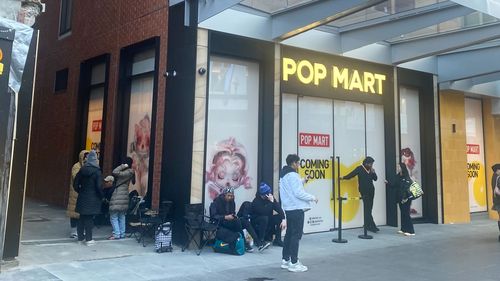
Instead, Brandon, Benjamin and Andy are waiting for the doors to open to a toy store.
From the creators of Molly, SkullPanda and Dimoo, Australia’s largest PopMart store is preparing to open its doors to the public on Melbourne’s new The Walk precinct on Bourke Street at 10am on Saturday.
First in line for the whimsical world of PopMart collectables, Brandon plans to drop $2000 on stock tomorrow – from figurines, to plushies and clip-on trinkets.
Meanwhile, Andy took the day off work to secure his spot in line.
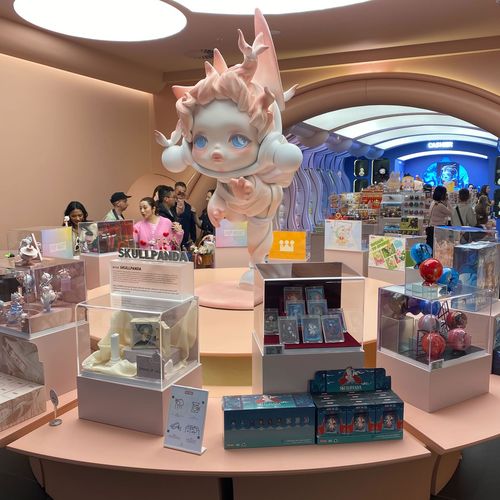
“I’ve got all the plush toys, the mini ones and medium-sized ones. I’m aiming to get the big ones next,” he said.
“I want to get the whole collection.
“If you’re into any of the collection sort of stuff, Pokemon, SpiderMan, if you’re a collector, it’s worth it.
Is ‘trinket culture’ the next social phenomenon?
Whether, like Andy, you consider acquiring the plush, pointed tooth creatures a hobby or not, it’s hard to escape the sight of an evil-grinned trinket staring back at you on handbags and totes on footpaths and train carriages everywhere.
Retailing for between $30 and $60 each, Labubus helped Chinese parent company PopMart rake in $654 million in profit last year.
Just this week, PopMart projected a 350 per cent profit increase for the first six months of this year compared to the same period last year.
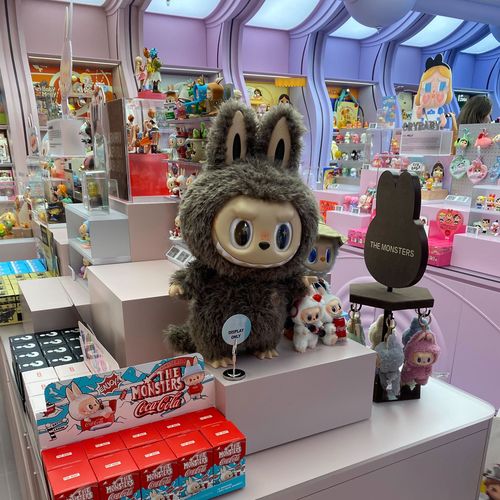
PopMart’s SkullPanda-themed The Walk store is the fifth Melbourne store in the company’s ever-growing global expansion.
Outside of Australia, PopMart has captured the market across 30 countries in more than 550 stores and pop-ups.
PopMart Australia NZ general manager Yuki Wu says the company hopes to welcome upwards of 1000 people through the doors in Melbourne on Saturday.
”We’re actually counting how much time we need for each transaction,” Wu said.
“There are already people camping overnight.”
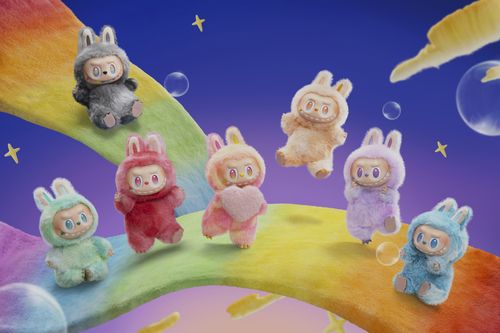
Limited-edition releases and new arrivals are a small part of the allure for fans.
“The variety of Popmart [products] is very important as well, because as we grow up, people change,” Wu said.
“We’ve got so many different options for them to choose. In each stage of [the customer’s] life, they’ll have something to connect with.”
‘Doom spending’ driving success for low-cost luxuries
In a generation grappling with a cost-of-living crisis and unprecedented housing unaffordability, spending what little disposable income Gen Zers have on collectable items could be viewed as frivolous.
But consumer psychology and behaviour specialist Dr Samantha Worthington says PopMart’s global success is deeply psychological.
“It’s actually really similar to gambling and it makes every time they purchase one of these feel like a bit of a game,” Worthing said.
“It’s a low-cost way for people to boost their dopamine intake and also feel part of something that is normal, especially during these times.
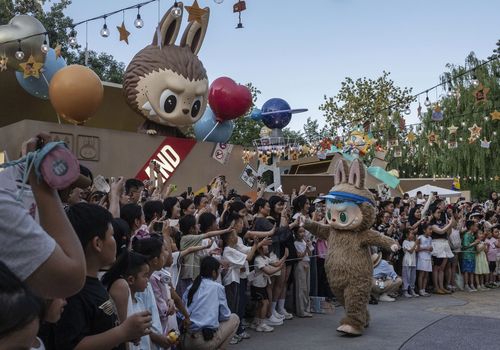
“People cope with financial stress through emotional spending.”
It’s also about reclaiming agency and identity, Worthington says.
“Gen-Z in terms of behaviour, they’re embracing micro-luxuries, so small collectable items that offer emotional value or social identity,” she said.
“We can’t afford the big things and we feel powerless, however, if we buy something small, like an item that is popular, then we have some sense of control.
“We all seem to find things we connect with that have some way of getting back to our childhood memories or memories that make us feel that dopamine rush.”






